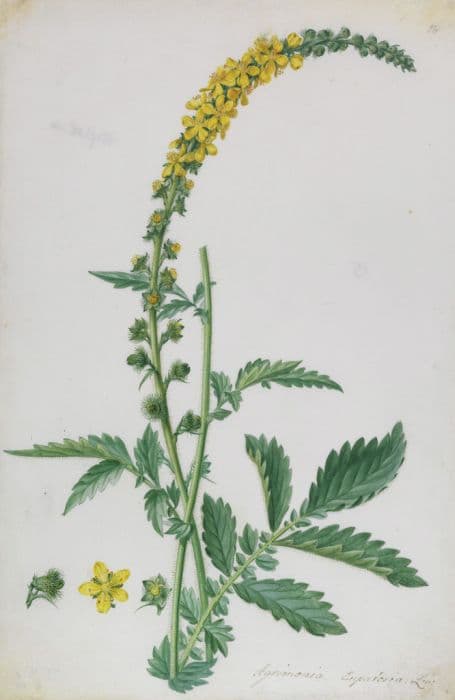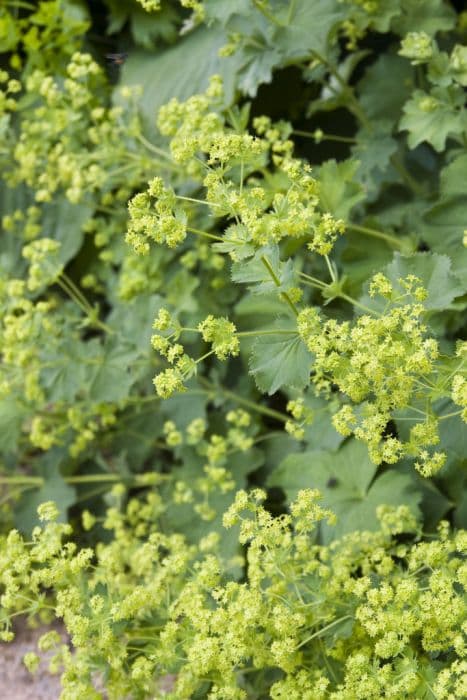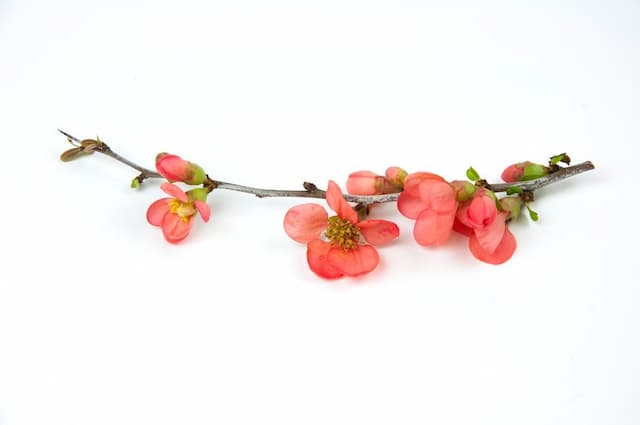Remembrance Rose Rosa Remembrance = 'Harxampton' (F)
![rose [Remembrance]](/_next/image?url=https%3A%2F%2Fplants-admin.emdemapps.com%2Fimages%2Fplants%2F%2Fimages%2F604b628130e34.png&w=3840&q=75)
ABOUT
The Rosa Remembrance, also known as 'Harxampton', is a striking and captivating plant that is admired for its beautiful floral display. This plant is characterized by its vibrant blooms that carry a deep significance, as the name "Remembrance" suggests, often associated with memorials or commemorative events. The flowers are typically a vivid, rich red hue that can vary in intensity, providing a bold splash of color in any setting where the plant flourishes. Each blossom is made up of numerous velvety petals that are soft to the touch, arranged in a classic rose shape that exudes elegance and romance. The foliage of the Rosa Remembrance contributes further to its visual appeal, with glossy, green leaves that create a lush background for the dazzling flowers. The leaves are typically oval-shaped with a pointed tip, and they may have a slightly serrated edge that adds texture to the plant's overall appearance. The stems of the plant might bear thorns, a common trait among roses, serving as protection and support for the heavy blooms. This rose's flowers are often found perched atop sturdy stems, sometimes singularly or in small clusters, creating a delightful display that can last for an extended period during its blooming season. The fragrance of the Rosa Remembrance is likely to be as memorable as its visual presence, with a scent that can range from subtly sweet to richly aromatic, inviting passersby to pause and enjoy its natural perfume. Overall, the Rosa Remembrance captures the essence of traditional rose beauty with its classic form, alluring color, and memorable fragrance. This plant can serve as a centerpiece in gardens or landscapes, as well as being a significant addition to commemorative gardens or places of reflection.
About this plant
 Names
NamesFamily
Rosaceae.
Synonyms
Remembrance Rose, Harxampton.
Common names
Rosa 'Harxampton'
 Toxicity
ToxicityTo humans
The Rosa Remembrance, commonly known as the remembrance rose, is not considered toxic to humans. However, it is always advisable to avoid ingesting parts of ornamental plants. While the remembrance rose itself is not poisonous, ingesting large quantities of any non-food plant could cause gastrointestinal discomfort or other non-specific symptoms due to the plant's natural defense chemicals.
To pets
The remembrance rose is not known to be toxic to pets. However, similar to the potential effects on humans, pets may experience some mild gastrointestinal upset if they consume parts of the rose plant. This could include symptoms like vomiting or diarrhea. Thorns can also pose a physical threat as they can cause injury or puncture wounds if a pet attempts to chew on the stems.
 Characteristics
CharacteristicsLife cycle
Perennials
Foliage type
Deciduous
Color of leaves
Green
Flower color
Red
Height
4 feet (1.2 meters)
Spread
3 feet (0.9 meters)
Plant type
Shrub
Hardiness zones
5-10
Native area
Cultivar
Benefits
 General Benefits
General Benefits- Aesthetic Appeal: Adds vibrant color and beauty to gardens with its stunning flowers.
- Fragrance: Offers a delightful scent, enhancing the sensory experience of a garden.
- Attracts Pollinators: Serves as a food source for bees and other beneficial insects, supporting biodiversity.
- Versatility: Can be used in various garden designs, from borders to beds and as stand-alone features.
- Memorial Symbolism: Often used to honor and remember loved ones, providing emotional significance.
- Cut Flowers: Suitable for bouquets and floral arrangements, adding personal touch to indoor spaces.
- Habitat Provision: Can offer shelter for small wildlife, fostering a living ecosystem.
- Shade Tolerance: Able to grow in partially shaded areas, offering flexibility in garden planning.
- Drought Resistance: Once established, exhibits resilience to dry conditions, reducing the need for frequent watering.
- Low Maintenance: Requires minimal upkeep in appropriate growing conditions, making it user-friendly for gardeners.
 Medical Properties
Medical PropertiesThis plant is not used for medical purposes.
 Air-purifying Qualities
Air-purifying QualitiesThis plant is not specifically known for air purifying qualities.
 Other Uses
Other Uses- Culinary uses: The petals of the rose can be crystallized or used fresh to decorate cakes and desserts, they can impart a gentle floral flavor.
- Perfumery: Rose essence is a traditional and valuable component in many perfumes, providing a deep floral base note.
- Textile dyeing: The petals and hips of roses can be used to create natural dyes for fabrics, yielding colors from soft pinks to rich reds.
- Floral waters: Distilled rose water is used in cooking, cosmetics, and homemade skincare products for its scent and mild astringent properties.
- Art supplies: Crushed rose petals mixed with a binding agent can create natural pigments for traditional painting techniques.
- Emotional support: Keeping roses around can have a calming effect and help to reduce stress levels.
- Crafting: Dried rose petals and buds are commonly used in potpourri, sachets, and as an element in homemade paper or eco-friendly confetti.
- Bath additives: Rose petals can be added to bath water for a luxurious, relaxing, and skin-softening soak.
- Educational tool: Roses can be used to teach botany and horticulture, illustrating plant growth, pollination, and breeding practices.
- Cultural symbol: In literature and art, roses often symbolize love, beauty, and the fleeting nature of life, and can be utilized in corresponding thematic expressions.
Interesting Facts
 Feng Shui
Feng ShuiThe rose is not used in Feng Shui practice.
 Zodiac Sign Compitability
Zodiac Sign CompitabilityThe rose is not used in astrology practice.
 Plant Symbolism
Plant Symbolism- Remembrance: The 'Remembrance' rose, with its very name, symbolizes memory and the act of remembering loved ones who have passed.
- Love: As a rose, it is universally recognized as a symbol of love and affection.
- Beauty: Roses are often associated with beauty and perfection.
- Honor: This rose can be used to honor someone's life or achievements.
- Devotion: The enduring nature of roses can represent steadfastness and loyalty in relationships.
- Grief: The 'Remembrance' rose can also be a symbol of mourning and the sorrow of losing someone.
 Water
WaterFor the Remembrance Rose, it's important to maintain consistently moist soil, so watering should be done whenever the top inch of soil feels dry to the touch. Generally, this means watering the rose once every week with about 1 gallon of water, but this can vary depending on climate and weather conditions. During the hot summer months, more frequent watering may be necessary, potentially increasing to twice a week, while in cooler weather, less is needed. Ensure that the water is directed at the base of the plant to avoid wetting the foliage, which can lead to fungal diseases. It's important to not overwater, as this could cause root rot.
 Light
LightThe Remembrance Rose thrives best in full sunlight. It should be planted in a spot where it can receive at least 6 to 8 hours of direct sunlight each day. Avoid planting it in a spot that is shaded for a large portion of the day, as insufficient sunlight can lead to poor bloom development and increased susceptibility to pests and diseases.
 Temperature
TemperatureThe Remembrance Rose prefers moderate temperatures and can generally tolerate a range between 30°F and 90°F. However, the ideal temperature for this rose is between 65°F and 75°F. Roses can survive brief temperature spikes or dips outside of this range but may become stressed or damaged if extreme temperatures persist.
 Pruning
PruningPruning the Remembrance Rose is essential to encourage healthy growth and abundant blooms. The best time to prune is in late winter or early spring, just as the buds begin to swell, removing any dead or diseased wood and thinning out the center to allow for good air circulation. Shape the plant by cutting back about one-third of the previous year's growth to promote strong, new shoots. Pruning should be done annually.
 Cleaning
CleaningAs needed
 Soil
SoilThe Rosa 'Remembrance' prefers well-drained, fertile soil with a pH between 6.0 and 7.0. A mix containing loam, peat, compost, and well-rotted manure can provide a balanced structure and nutrients. Ensure the soil allows for good drainage to prevent root rot.
 Repotting
RepottingRosa 'Remembrance', commonly known as a variety of garden rose, does not require frequent repotting. It is typically planted outdoors where it does not need repotting but may need transplanting every few years if grown in a container to refresh the soil and accommodate root growth.
 Humidity & Misting
Humidity & MistingRosa 'Remembrance' is tolerant of a wide range of humidity levels but performs best when outdoor ambient humidity is natural. Overly wet conditions can lead to fungal diseases, so good air circulation is key.
 Suitable locations
Suitable locationsIndoor
Ensure bright light, amended soil, and ample space.
Outdoor
Plant in a sunny spot with rich soil and good drainage.
Hardiness zone
5-9 USDA
 Life cycle
Life cycleThe life of 'Harxampton', commonly known as the Remembrance rose, begins with seed germination, initiated by favorable soil, temperature, and moisture conditions. The seedling stage follows, during which the first true leaves and a root system develop. As the rose plant enters the vegetative stage, it produces more foliage and stems, with thorns, and grows larger. The next crucial stage is flowering, where buds form and bloom into the characteristic roses, usually from late spring to fall depending on the climate and care. After pollination, the flowers may produce rose hips, which contain seeds, completing the reproductive cycle. The plant then goes into dormancy during the winter, where it conserves energy and prepares for the next cycle of growth in the spring.
 Propogation
PropogationPropogation time
Spring-Early Summer
Propogation: The Rosa Remembrance, commonly known as the Remembrance rose, is best propagated through a method called softwood cuttings, which is typically done in late spring to early summer. For this method, one would cut a piece of stem from a healthy plant that has just bloomed, making sure the cutting is about 6 inches (approximately 15 centimeters) long and includes several leaf nodes. The cut end is then dipped in rooting hormone to encourage root development and planted in a mixture of half peat and half perlite or sand to provide good drainage. The cutting should be kept moist, but not wet, and it is beneficial to cover it with a plastic bag or dome to maintain humidity. Roots usually develop within 4 to 8 weeks, after which the new plant can be transferred to a larger pot or directly into the garden.









